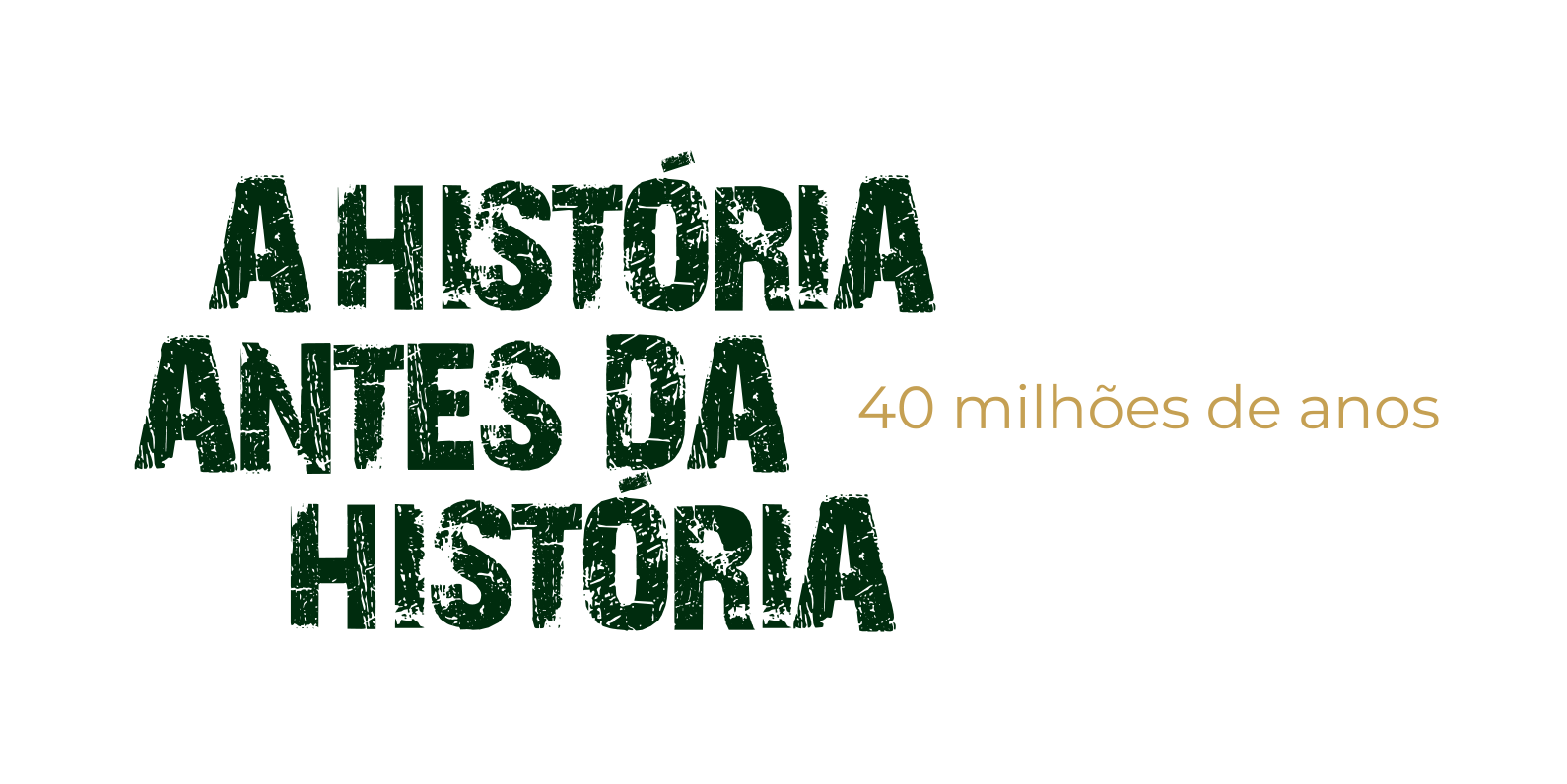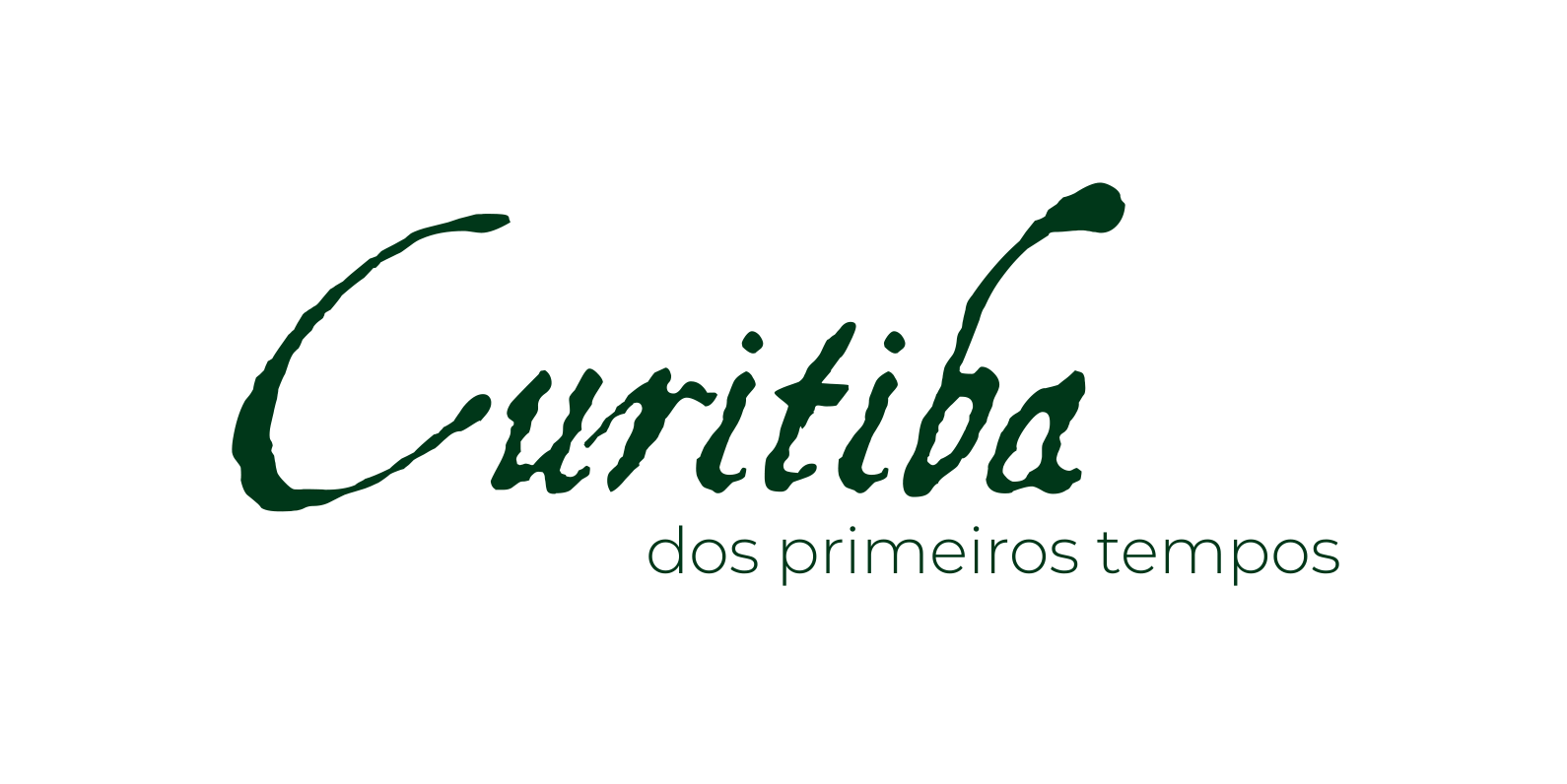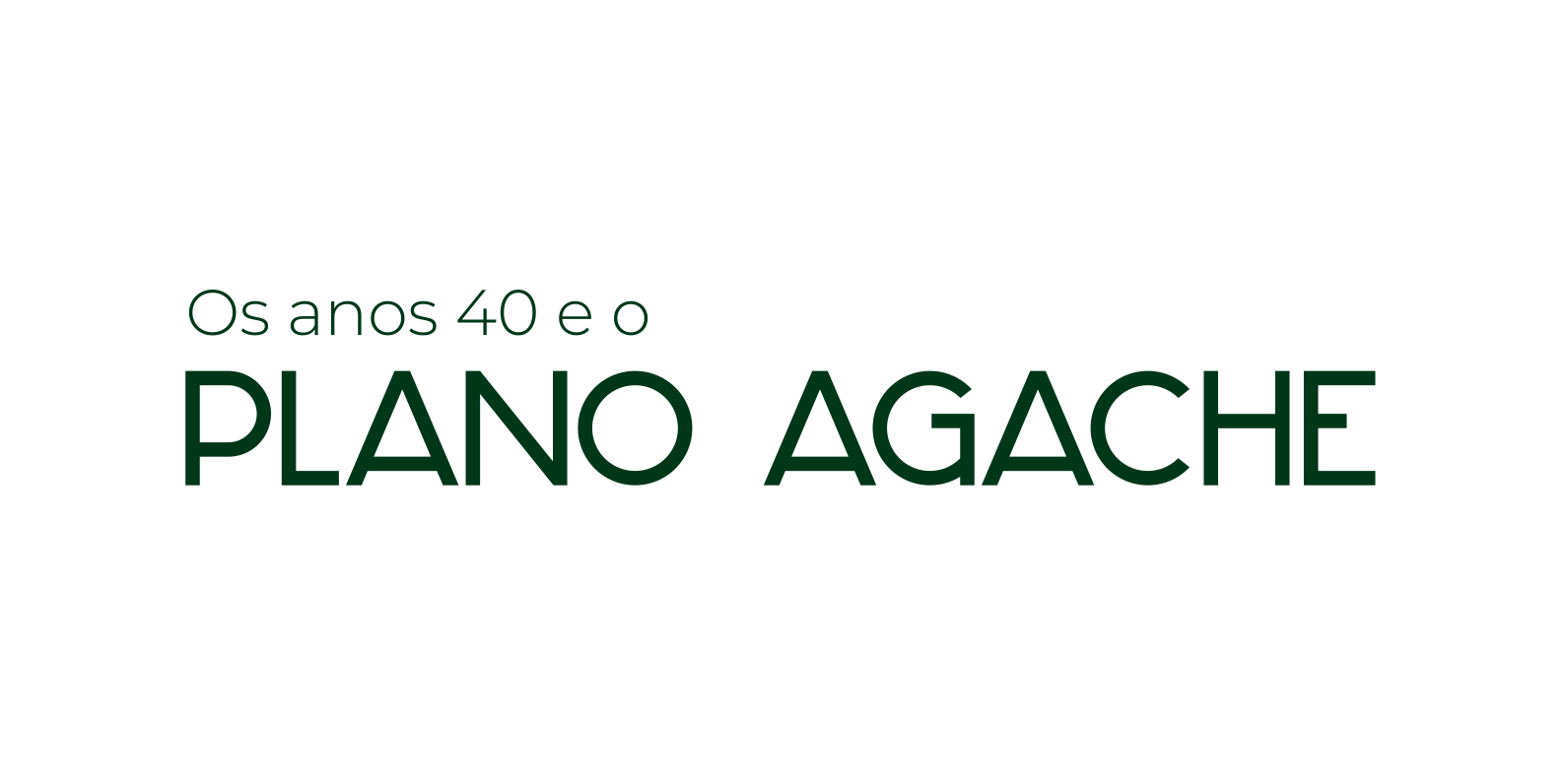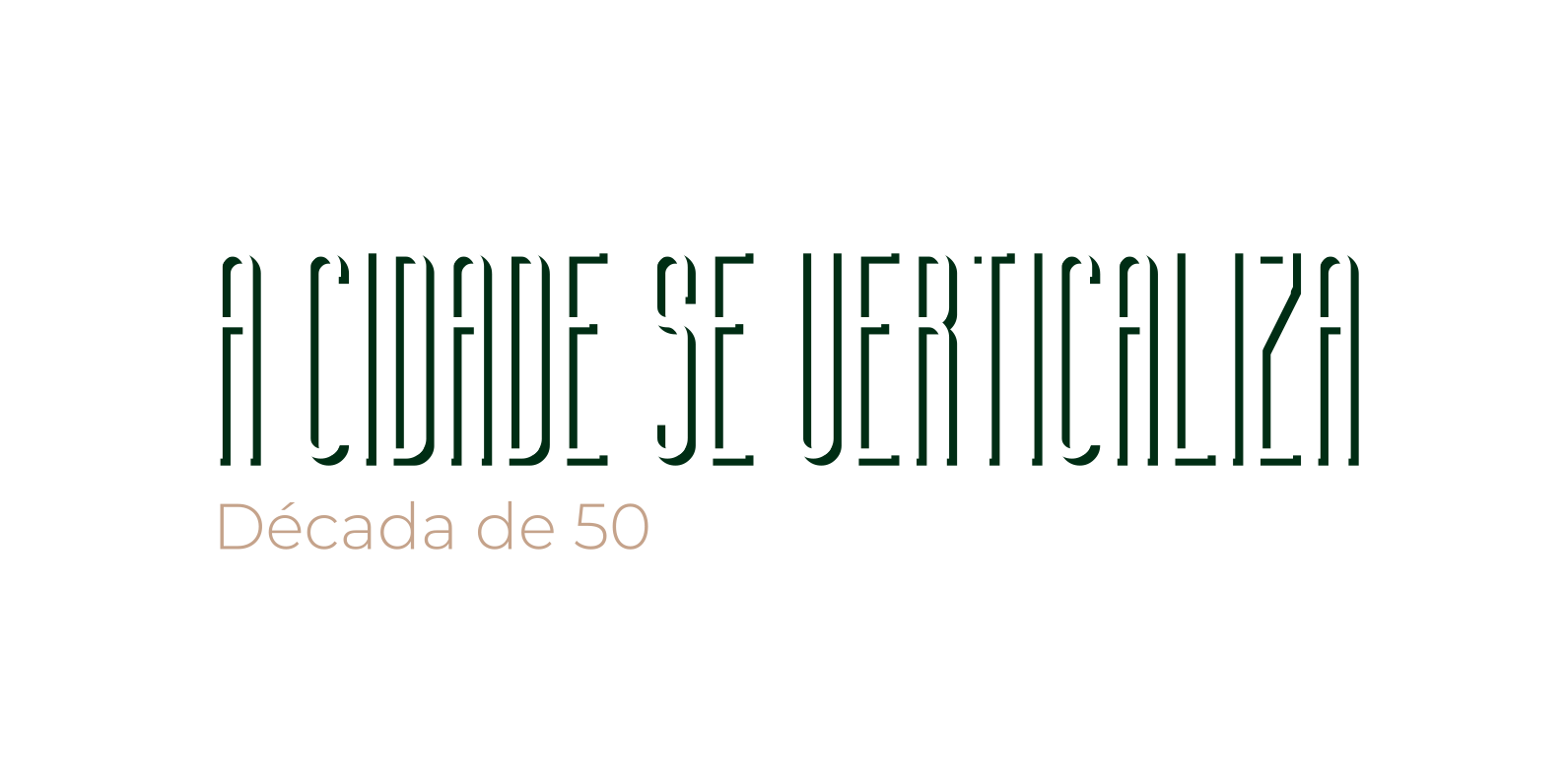The exhibition Curitiba, Time and Memory is a tour through the city’s history, from prehistory to the present day.

The tour starts with the paleontological discoveries of 2014, made in the Industrial City, which revealed a fauna composed of large animals that inhabited the region of Curitiba approximately 40 million years ago. In this discovery, the main highlight is the remains of a non-flying carnivorous bird, about two meters high. The time line of the first Paleo-Indians, who arrived at around fifteen thousand years ago, is part of the beginnings of the history of Curitiba.

Subsequently, reports of the first Europeans landing in the bay of Paranaguá give us an idea of how the colonizers' first contacts with local Indians were.

The discovery of gold in Paranaguá in the first half of the seventeenth century paved the way for the occupation of the region of Curitiba by miners coming mainly from São Paulo.
The mining cycle, although short and not very profitable, led to the formation of the village of Nossa Senhora da Luz dos Pinhais de Curitiba, officially recognized on March 29, 1693, with the creation of justice and the election of its first authorities.
However, it was the yerba mate, known as green gold, that was the greatest source of income for Curitiba, as from the nineteenth century.
Becoming the capital city of the Paraná Province, created in 1853, brought progress to the city, and the inauguration of the Curitiba/Paranaguá railroad in 1885 marked the capital's entrance into modernity.

From the second half of the nineteenth century, the capital has seen its number of inhabitants triple. The Portuguese-Brazilians, Africans and Afro-descendants who had been present since the foundation of the village were joined by European immigrants, who arrived in large groups, mainly from Germany, Poland, Italy and Ukraine. This stimulated the economy, changed the urban configuration and brought new habits to the small town.
Modest Curitiba flourished in the Belle Époque, with showy town houses and mansions in eclectic and art nouveau styles. As mayor, the engineer Cândido de Abreu embellished parks and squares giving Parisian airs to the city. The curitibanos queued to ride on the fast electric trams, the horns of the first automobiles frightened the pedestrians and the majestic building of the University of Parana symbolized the importance given to the education and culture in this new society.
In the midst of so much effervescence, it became necessary to rethink urban structure. In the 1920s, the opening of wide avenues began towards the southern region, currently Rebouças neighborhood, which became known as Cidade Nova.

In the 1940s, the urbanization plan of the French architect Alfred Agache foresaw the division of the city in areas with specific aims. The actions planned there were carried out in the following decade.

From the 1950s, the verticalization of Curitiba advanced, opening space for modern architecture to take over the streets. The works of the Centennial of Political Emancipation of Paraná bequeathed to the city the Civic Center and the Public Library of Paraná. The Guadalupe Bus Station and the Municipal Market followed. The Guaíra Theater, whose works began in 1952, was fully completed and inaugurated only in December 1974.

The growth of the capital made a new urban structure urgent, this time in accordance with the pattern of the Master Plan of Curitiba, which was passed as law in 1966.
The indications of modern urbanism, adopted in this Plan, would be introduced in the 1970s with actions that made Curitiba a reference in urban planning. A new proposal for a transportation system using structural lanes for Express buses, the pedestrian-only street XV de Novembro and the Historical Sector all hail from this time.

The urban innovations of the 1970s and the concern for the humanization of the city continued in the following decades with the tube stations, the inauguration of new parks and a system of social and health care that gave Curitiba national and international recognition.
Today, with almost two million inhabitants, the city turns to the future, aligning itself with the innovative currents coming from technology; nevertheless, its journey goes on guided by the acknowledgement of its origins and the appreciation of the memory and the history of its people.